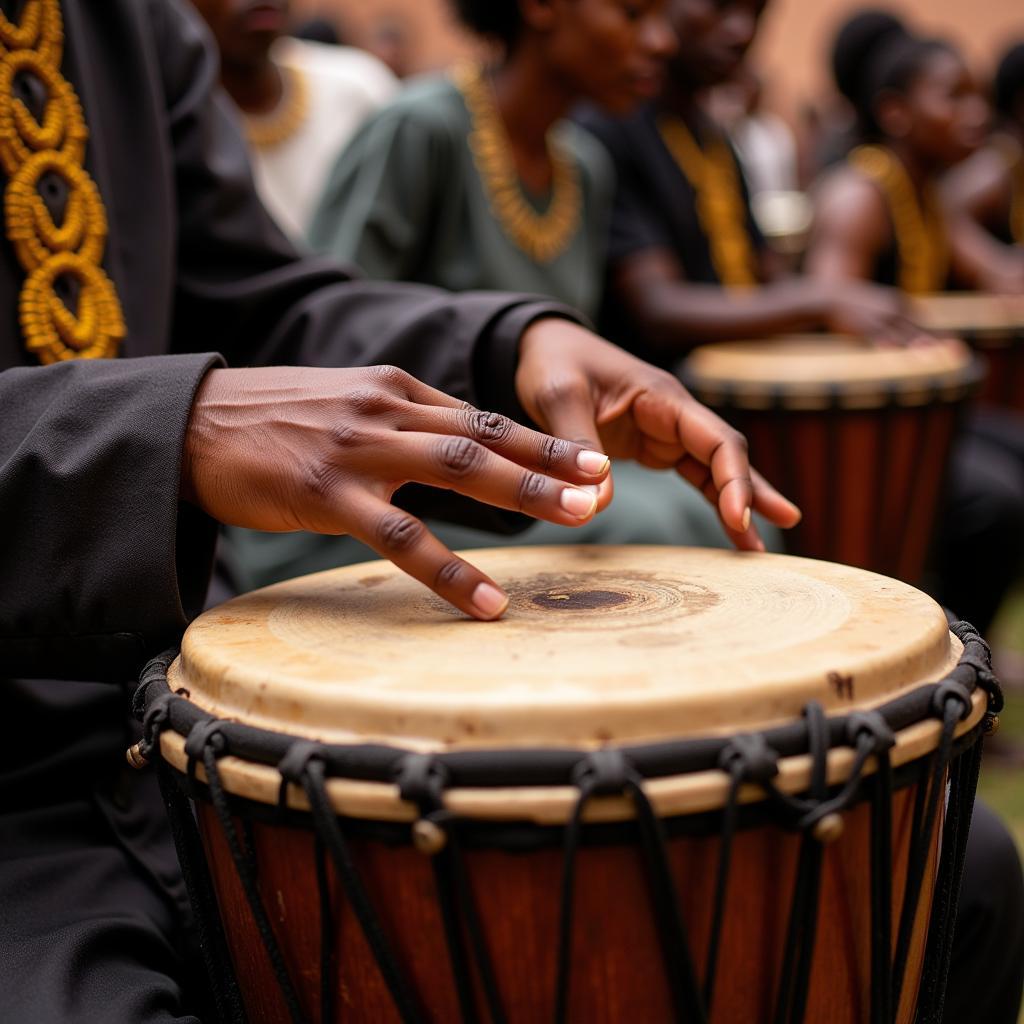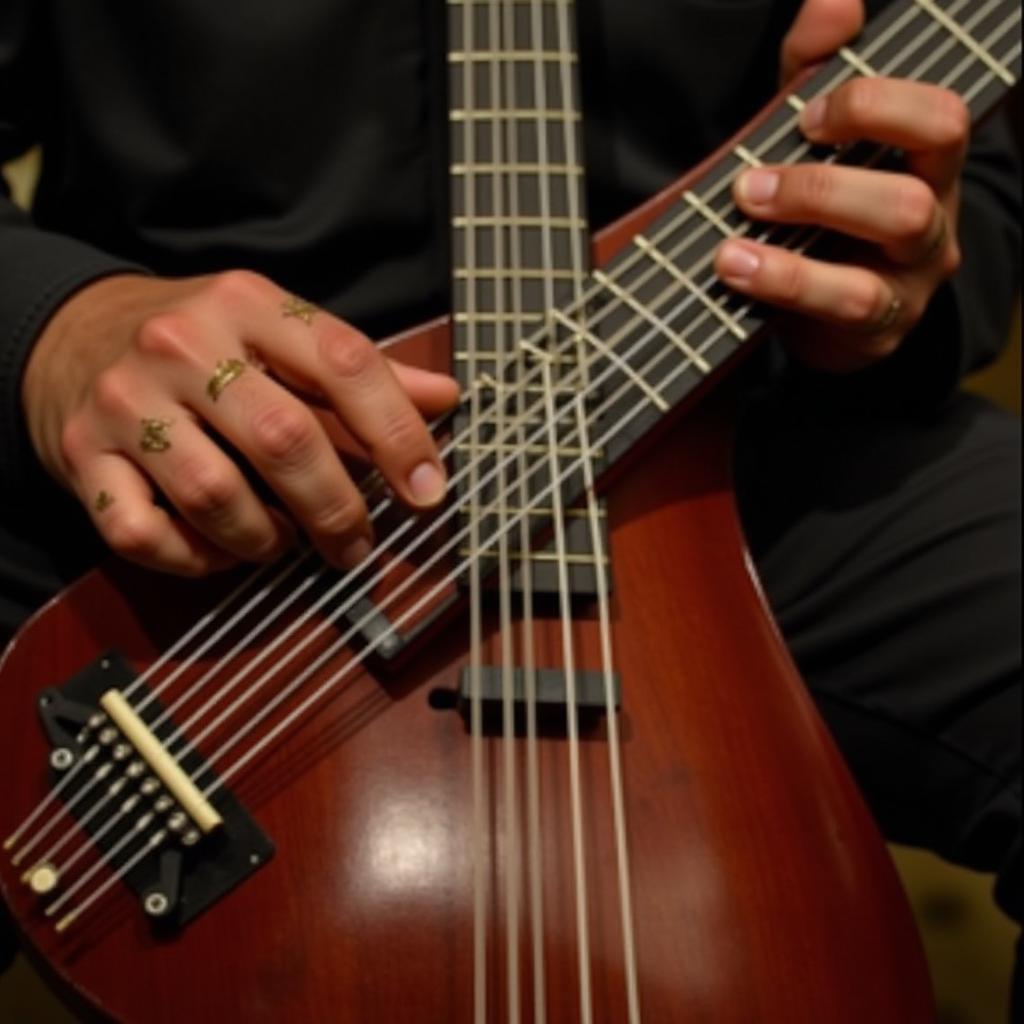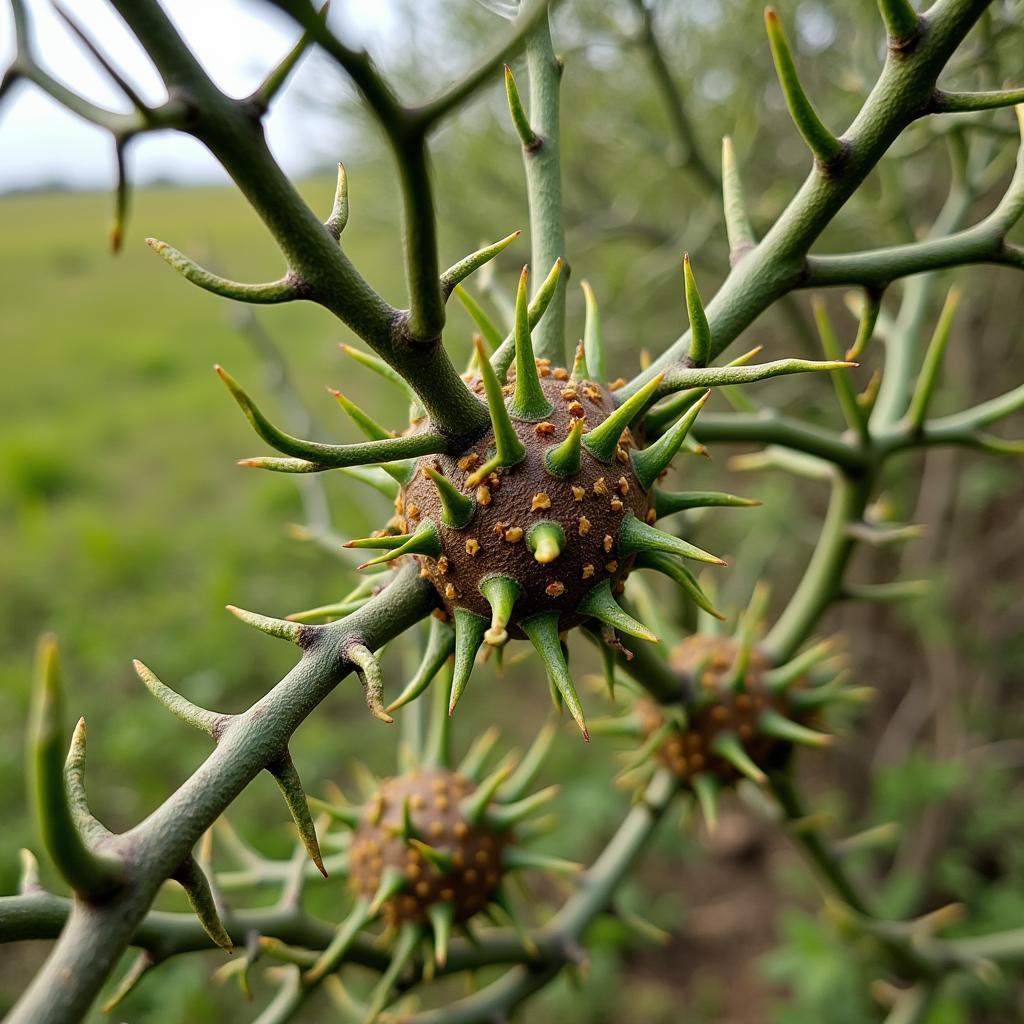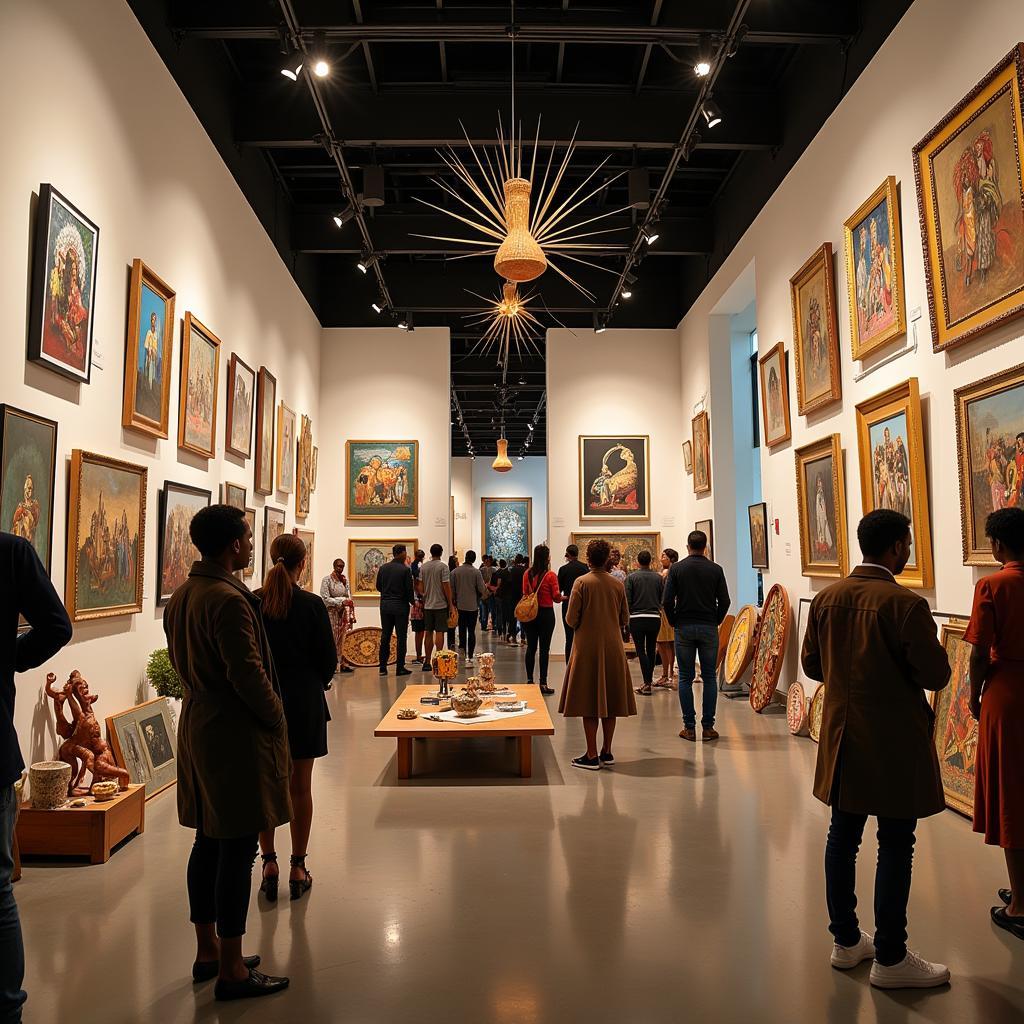Discovering the Rhythms of Africa: 5 African Instruments
Africa, a continent pulsating with vibrant culture and rich history, boasts a diverse musical landscape. This exploration of 5 African Instruments offers a glimpse into the heart of its musical traditions, showcasing the unique sounds and craftsmanship that define the continent’s sonic identity. From the resonant djembe to the melodic kora, these instruments tell stories, preserve heritage, and ignite the spirit of community.
The mesmerizing rhythms and unique timbres of African musical instruments have captivated audiences worldwide. These instruments, often handcrafted with meticulous detail, are not merely tools for creating music; they are symbols of cultural identity, spiritual expression, and historical narratives. This article delves into the captivating world of 5 African instruments, exploring their origins, construction, playing techniques, and cultural significance. We’ll uncover the stories they tell and the traditions they uphold, offering a deeper understanding of the diverse musical tapestry that is woven across the African continent. For those interested in acquiring some beats, check out African beats for sale.
The Djembe: Heartbeat of West Africa
The djembe, a goblet-shaped drum carved from a single piece of wood and topped with animal skin, is perhaps one of the most recognizable African instruments. Originating in West Africa, specifically among the Malinke people, the djembe’s powerful sound is produced by striking the skin with the hands. Its versatility allows for a wide range of tones, from deep bass to sharp slaps, making it a central instrument in traditional ceremonies, celebrations, and storytelling. The djembe’s vibrant rhythms are often described as the “heartbeat” of West African music.
 Djembe: A West African Drum
Djembe: A West African Drum
The Kora: A Bridge Between Worlds
The kora, a 21-stringed bridge-harp, is a testament to the rich musical heritage of West Africa, particularly in countries like Gambia, Senegal, Mali, Guinea, and Guinea-Bissau. Traditionally played by griots, or oral historians, the kora’s delicate melodies carry tales of ancestry, history, and wisdom. Its unique construction, featuring a calabash gourd resonator covered with cowhide, produces a warm, resonant sound that evokes a sense of both intimacy and grandeur. The kora’s music is often described as a bridge between the spiritual and earthly realms.
 Kora: The West African Harp
Kora: The West African Harp
The Mbira: Ancestral Voices
Often referred to as the “thumb piano,” the mbira is a small, handheld instrument with metal keys mounted on a wooden soundboard. Originating in southern Africa, particularly Zimbabwe, the mbira’s distinct, metallic sound is believed to connect the living with their ancestors. Played by plucking the keys with the thumbs and fingers, the mbira creates complex, interlocking patterns that weave a tapestry of rhythmic and melodic textures. Its music is often used in spiritual ceremonies, rituals, and social gatherings. You can find more about traditional African dances and the music that accompanies them, like African drum music for dance.
The Talking Drum: Communicating Through Rhythm
The talking drum, as its name suggests, is a unique instrument capable of mimicking the tones and rhythms of human speech. Found in various forms across West Africa, the talking drum consists of two drumheads connected by tension cords. By squeezing the cords, the drummer can alter the pitch of the drum, creating a wide range of sounds that can convey complex messages. This remarkable ability makes the talking drum a vital tool for communication, storytelling, and ceremonial purposes. If you’re looking for costumes related to African culture, you might find interesting ideas for an African homemade costume for fancy dress for boy.
The Balafon: A Wooden Xylophone
The balafon is a wooden xylophone found across West Africa, with variations existing in countries like Ghana, Guinea, Mali, Burkina Faso, and Ivory Coast. It consists of wooden slats suspended over resonators, typically gourds, which amplify the sound. Played with mallets, the balafon produces a bright, percussive tone that is often used in traditional music, dance performances, and storytelling. Its melodic range and rhythmic capabilities make it a versatile instrument in West African musical traditions. If you are interested in African financial markets, take a look at information about African bonds.
Conclusion
These 5 African instruments represent just a small fraction of the vast musical diversity found across the continent. From the resonant djembe to the melodic kora, each instrument tells a story, embodies a tradition, and connects people to their heritage. Exploring the world of African instruments is a journey into the heart of a rich and vibrant culture, revealing the power of music to unite, inspire, and transcend boundaries.
FAQ
- What is the most common African drum? The djembe is arguably the most widely recognized African drum.
- What is a kora made of? The kora is made of a calabash gourd resonator covered with cowhide and 21 strings.
- What is the African thumb piano called? The African thumb piano is called the mbira.
- How does a talking drum work? The talking drum mimics speech by altering pitch through squeezing tension cords connecting two drumheads.
- Where does the balafon originate from? The balafon originates from West Africa.
Need help? Contact us 24/7: Phone: +255768904061, Email: kaka.mag@gmail.com, Address: Mbarali DC Mawindi, Kangaga, Tanzania.


